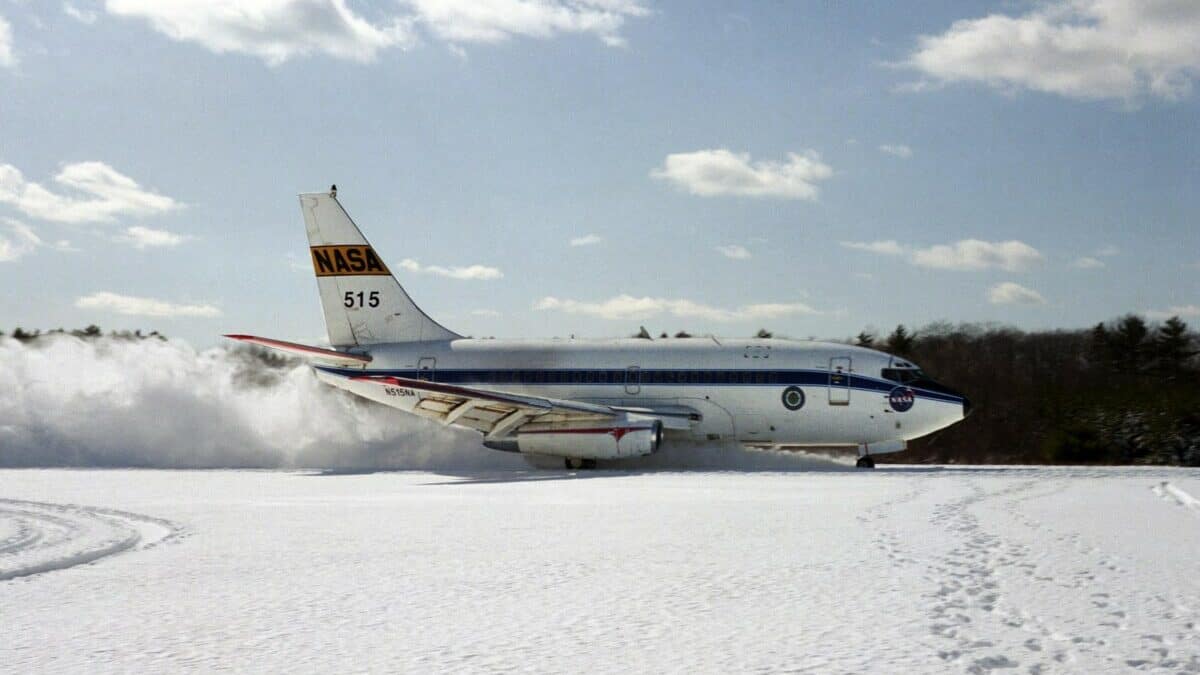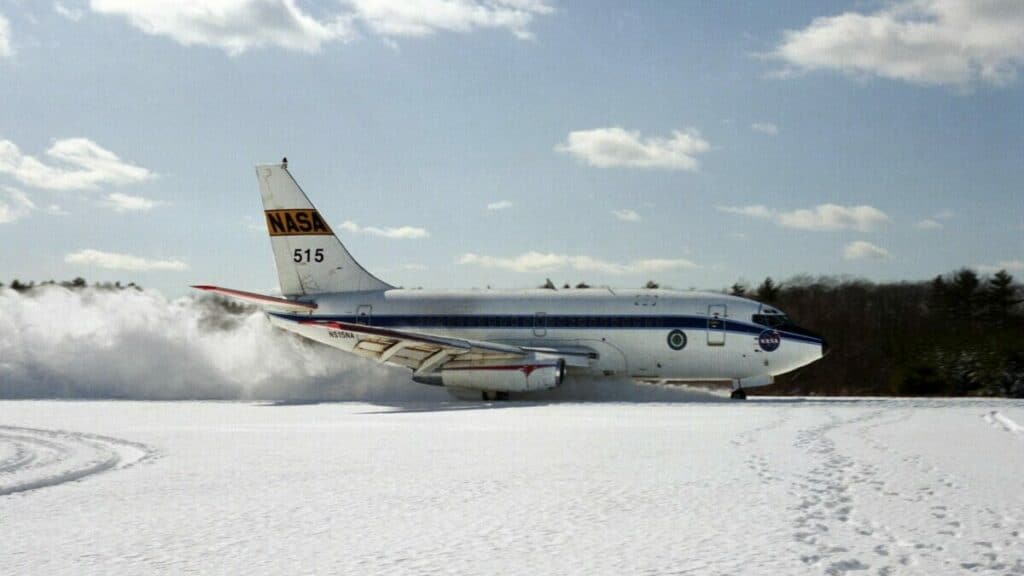
It is common knowledge that traveling by airplane is by far the safest form of transport on the planet. The number of people transported compared to the number of people injured is incredible and this is all down to the decades of aircraft design and testing evolution.
Aircraft undergo testing from every component during initial design, to module testing & aircraft certification testing. Tests can incorporate stress, fatigue, noise, vibration, efficiency, handling, & emergencies in test rigs & software simulation, static ground tests, and finally flight tests.
To bring a new aircraft design to market can take decades due to the incredible number of components and systems that need not only to be designed but tested and certified. In this article, I want to give you just a very slight glimpse into a few of the thousands of tests that go into every aircraft before passengers are allowed to embark.
Airplane Testing & Certification is Split into 6 Main Categories:
- Individual Component Testing
- Sub-Assembly or Module Testing
- Static Test Rig Testing
- Ground Testing
- Flight Testing
- Internal & External Certification
How Are Aircraft Components Tested?
Aircraft components undergo initial testing using complex simulation software during design. Components then get prototyped and subjected to real-world operating conditions to test them to extremes. If a component fails it’s sent back for re-design, while successful components will be certified.
Next time you are on an aircraft just take a look at every single thing you can see. Each one of those components has had to undergo a rigorous design and testing program to become certified for use in that aircraft.
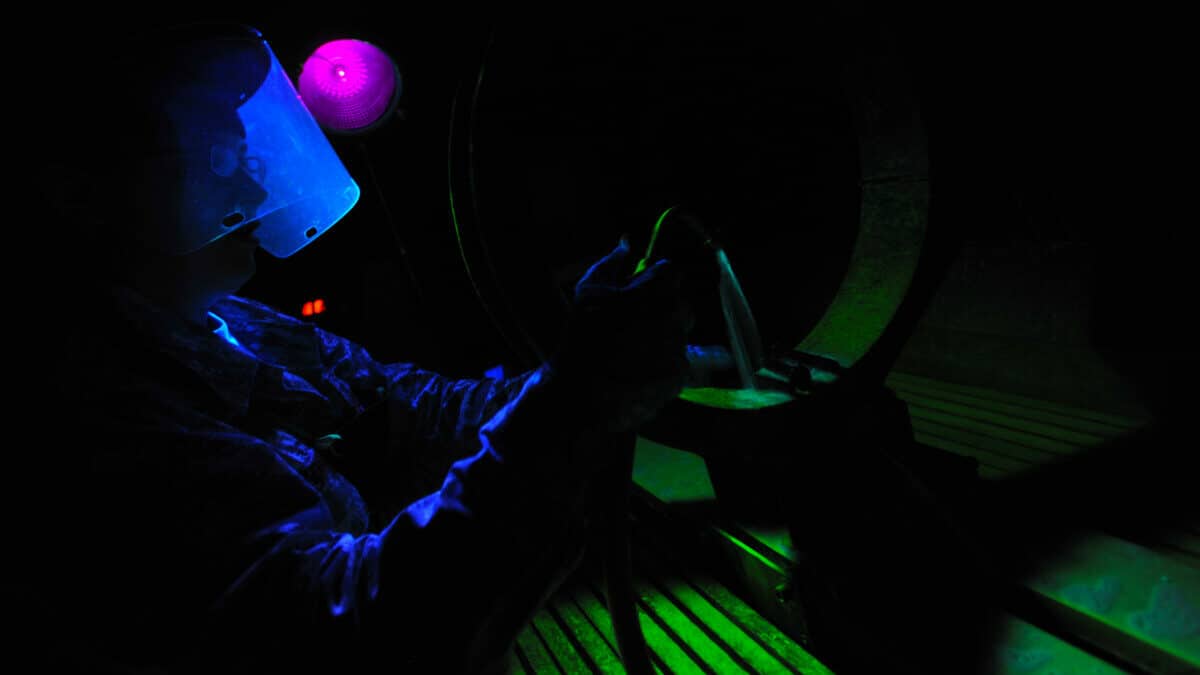
From the material it is made out of, to its shape, to its manufacturing process, to its coloration, to its interaction with its surrounding components. Every part has to be engineered to not only do its job, but be as light, durable, and cheap as possible.
No matter if it’s a single rivet to a ridiculously precise turbine blade in the engine’s compressor, each component has to pass a battery of tests before being certified for installation. The series of tests to become certified will also have been purposely designed for each component to ensure its job is conducted flawlessly for decades.
Tests can range from material fatigue, vibration fatigue, resistance to fire or saltwater, noise creation, or a whole host of tests. Many of the individual components on an airplane are manufactured by external vendors to the airplane company.
It is up to the suppliers to pass the standards and certifications set forth by not only the aircraft manufacturer, but also the country’s aviation governing body like the FAA, or EASA for example. Without passing certification for a particular country that component may not be certified to operate in that country.
Most countries piggyback off the certification for the US (FAA) and Europe (EASA) as these are the most strict certification standards.
Once a component has passed, it will then be certified to be installed into a Module or Sub-Assembly.
How Are Airplane Sub-Assemblies Tested?
Aircraft sub-assemblies are made up of many components. Sub-assemblies are tested to ensure each part within that assembly works with one another under the most extremes of operating conditions. Wear, stress, corrosion resistance, mechanical & electrical interference are all some of the common tests.
Each sub-assembly on an airplane has to also ensure it completes the job it was designed for within its surroundings. For example:
How well do the overhead lockers work when overloaded with weight and subjected to extreme turbulence? How well does the oxygen system work if there is a fire halfway down the cargo compartment? How well do the cockpit window wipers work when the airplane has been sitting in -40°F for 3 hours?
Again, each sub-assembly or module will have been designed and tested off-site by an external supplier which will have purpose-designed tests to ensure their product exceeds the airplane manufacturers’ standards.
As the sub-assemblies or modules become larger they are usually subjected to large test rigs that can simulate extreme operating conditions.

Join My Newsletter & Get Great Tips, Information and Experiences To Help You Become a Superb Pilot!
What Are Airplane Test Rig Tests?
Airplane test rigs are purpose-built devices used to allow the aircraft part or module to operate under normal to extreme conditions while safely subjecting it to various tests, procedures, and data gathering. Test rigs allow for safe testing while sometimes operating the part to destruction.
By far the most well-known aircraft test rigs are the engine test and wing-flex test cells. These are one of the hundreds of devices constructed to test their subjects either to destruction or to simulate service life fatigue and stress for any number of tests.
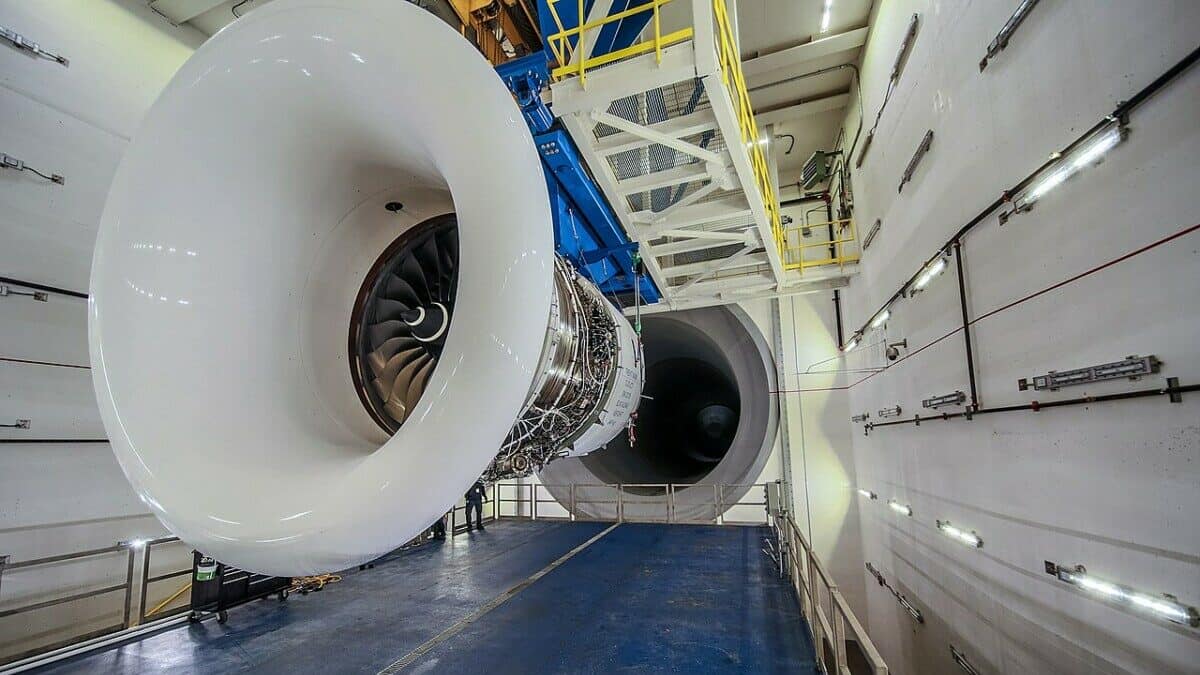
Bird strikes, for example, can cause engines to fail due to component destruction or explosion. In addition, it can cause damage to the airframe of airliners approximated to cost $2 billion annually in repairs in the US alone.
A bird strike simulator often called a ‘Chicken Gun’ is employed to simulate this crucial test. It fires dead chickens at around 400mph into the engine and at the cockpit windshield to simulate the response if it would have encountered a flock of live geese in the air. Engines and windows need to withstand these impact forces to pass certification.
These kinds of tests can only be accomplished safely by using a test rig.
Learn More…
Try These Articles:
* How Do Airplanes Handle Lightning Strikes?
* Why are Unpainted Aircraft Green or Yellow?
How Are Airplanes Ground Tested?
Airplane ground tests are conducted on airplanes that are almost fully complete. Many tests will include how the aircraft handles while taxiing and taking off, to cold soaking in -40°F hangers, to testing evacuation, fire, and emergency systems. Sensor and test engineers gather data to prove the tests.
Once the airplane is almost completely assembled the majority of the ground testing can begin. These tests are designed to test the aircraft as a whole to see how all its systems work with one another in some of the most stressful and extreme operational conditions.
Here are some of the most common ground tests:
- Taxi & Ground Handling
- Runway Handling
- Hot & Cold Environmental Extremes
- Internal & External Acoustics
- Cabin Pressurization Cycles
- Passenger Comfort and Environment
- Cabin Layout & Emergency Drills
- Lightning Strikes
- Smoke and Fire
- Evacuation
- Electronic & Atmospheric Interference
In addition to these tests, the pilots will begin testing the airplane on the runway for brake tests, tire friction, aborted takeoff, deep snow, deep sand, and deep water. For example:
During a simulated aborted takeoff test, a plane is equipped with worn-out brake pads and brought to take-off speed on the runway before the take-off is aborted and the plane is stopped under its hardest braking capability. This kind of test is used to gather data on when brake pads must be changed.
The engineers will also gather telemetry data on the stress parts of the airplane undergo during this extreme braking.
Ground testing can take months or years to complete for the design of a new aircraft. Usually, several aircraft will reach the ground testing phase and be fitted out with tens of thousands of sensors and dozens of test engineers to scrutinize every aspect of the airplane.
This helps to run many tests concurrently to help speed up the ground testing stage.
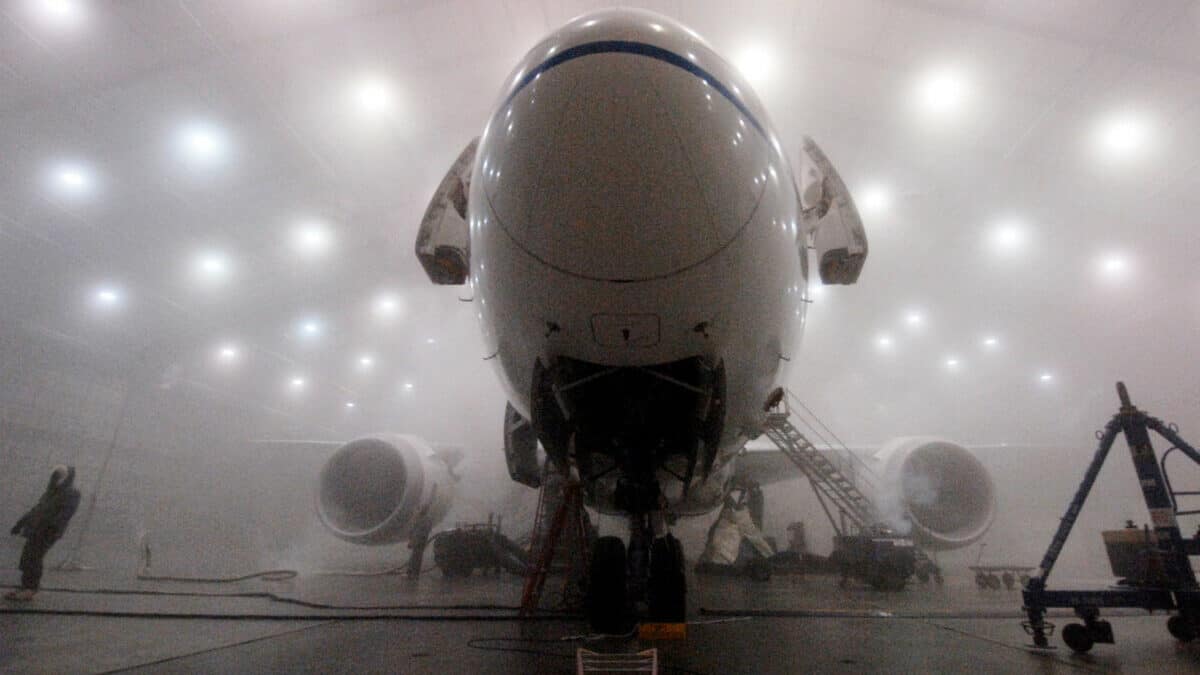
These aircraft will be exposed to extreme hot, cold, and humid climactic conditions to ensure everything works, or if not, what needs to be changed or does a procedure need adjusting. Not only do ground tests prove the aircraft is capable but it is also a time when many of the future maintenance procedures and component lifespans are determined ready for when the aircraft goes for its initial certification.
As these tests become complete the airplane nears its final series of tests – Flight Tests
How Are Airplanes Flight Tested?
Airplane flight tests are conducted by company test pilots with test engineers monitoring data from sensors mounted all over the aircraft. Tests can include handling, flight envelope development, procedural development, emergencies, noise, vibration, efficiency, speeds, and altitude limitation proving.
The flight tests are the final hurdle in getting an aircraft ready for not only initial certification but also customer delivery.
For initial certification, the aircraft will mainly be stripped of its passenger seating and replaced with a team of flight test engineers with dozens of powerful computers to monitor thousands of additional sensors temporarily mounted over the entire aircraft.
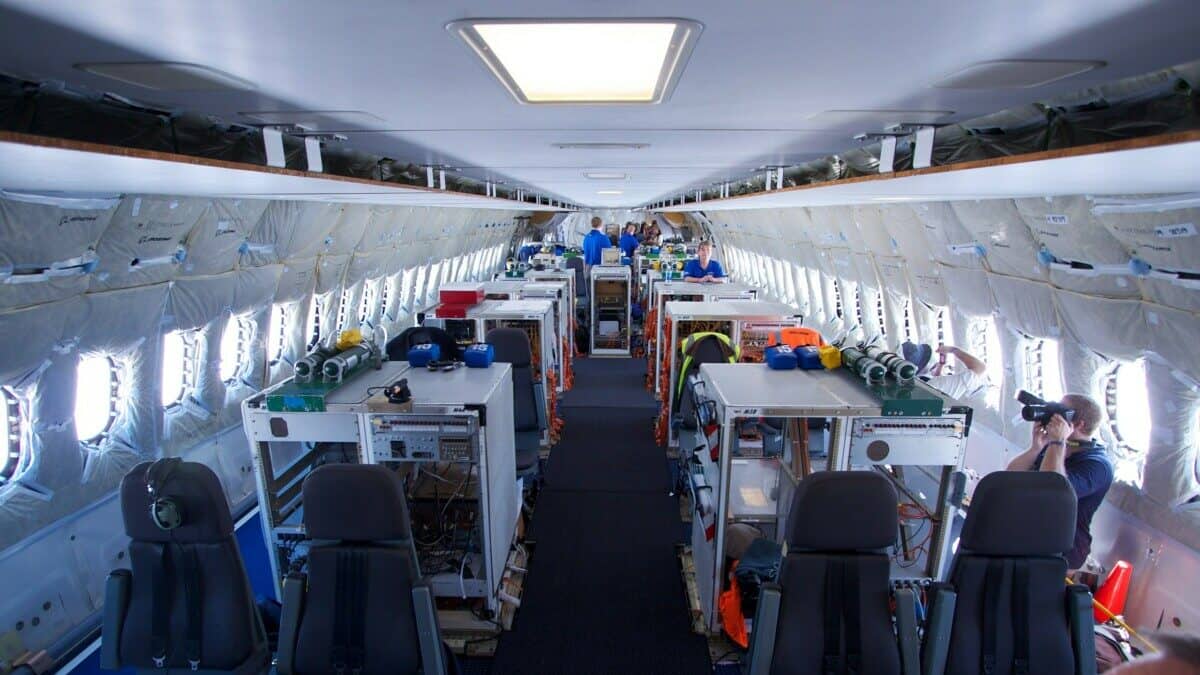
During a pre-designed flight test program the pilots will fly the aircraft in set configurations to allow the test engineers to gather data. The pilots will also perform sequences of maneuvers to push the aircraft to its design limitations to ensure it remains safe.
These flight tests can include:
- Stall Recovery
- Maximum Altitude
- Endurance
- Maximum Flight Control Deflections
- Engine Fuel Flows
- Cabin Pressurizations
- Flight Envelope Controllability
- Noise and Vibration Analysis
- Avionics Testing
- Take-off and Landing Profiles
- Emergency Descents and Climbs
The data gathered during all these tests allow the documentation team to create the aircraft’s flight manual that stipulates the limitations of the aircraft, its most efficient ways to operate, the normal and emergency operating procedures and checklists etc.
The flight test program can last many months, sometimes years with hundreds to thousands of flight hours flown, usually using several test aircraft. Every possible scenario that cannot be fully simulated on the ground will be looked at and refined during these tests.
Once the aircraft has completed its flight test programs it will be fitted out with its full interior and teams of employees will undergo flight-route testing and analysis of the cabin. Seats will be tested, the galley will be tested, and emergency scenarios will be tested – All to simulate the airplane full of passengers.
Again, the findings of these flights will help finalize the procedures to be used by cabin crews when the airplane enters service.
The other type of flight test is the ‘Pre-Delivery’ flight test. When an airplane rolls off the production line it will be flown by the company test pilots following a set test program. This is much smaller than the initial certification program.
The pre-delivery test is designed to ensure every part of the aircraft works to the required standard and is perfect before it is delivered. Test engineers will crawl over the cabin during the flight checking for vibrations or squeaks, quality technicians will be testing every system in the cabin to ensure everything is ready for example.
Upon landing and final sign-off from the test pilots and quality control department, the airplane will be scheduled for delivery.
How Are Aircraft Certified?
Aircraft are certified after meeting an intense testing and development program that is developed with consultation between the aircraft manufacturer & the world’s largest aviation regulators like the FAA and EASA. Proving manuals & data are submitted & test pilots and engineers then certify the design.
For a completely new aircraft design like the Airbus A380 for example, certification for production is a mammoth task. The aircraft manufacturer has to prove the aircraft is safe in pretty much every aspect you can think of from the way in which the flight computers control the aircraft, to the way the toilets flush.
The certification process actually begins during the early stages of the aircraft design. Certain milestones have to be submitted and approved before the aircraft’s development and manufacturing can continue. It is similar to building a house.
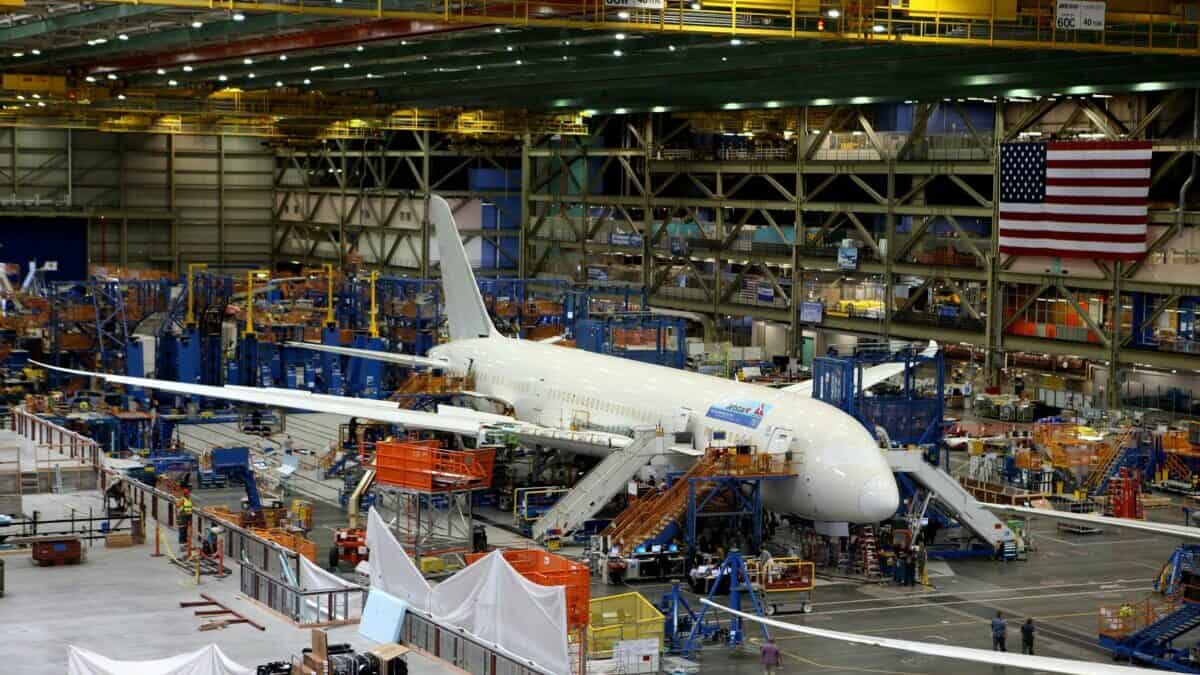
Designs have to be approved, then at various parts of the build, there will be inspections and tests which need to be passed. The aircraft certification is just the same.
For final certification, the FAA for example, will audit all of the aircraft’s flight manuals, technical service manuals, maintenance manuals, checklists, and procedures. Their own test pilots will put the aircraft through a program of both ground and flight tests to ensure the data provided by the manufacturer is not false.
Once the governing body (FAA) is happy their certification requirements are met they will issue a certificate to begin production of the aircraft and it will be given an aircraft type designation like B747, A330 for example.
Upon certification, the manufacturer will have to ensure it maintains its production standards and quality to maintain its certification. The FAA will also do unannounced audits to ensure the manufacturer remains in compliance at all times.
Learn More…
Try These Articles:
* How Much Do Airliners Cost? Top 7 Big Jets!
* Narrowbody & Widebody Airplanes – What’s the difference?

